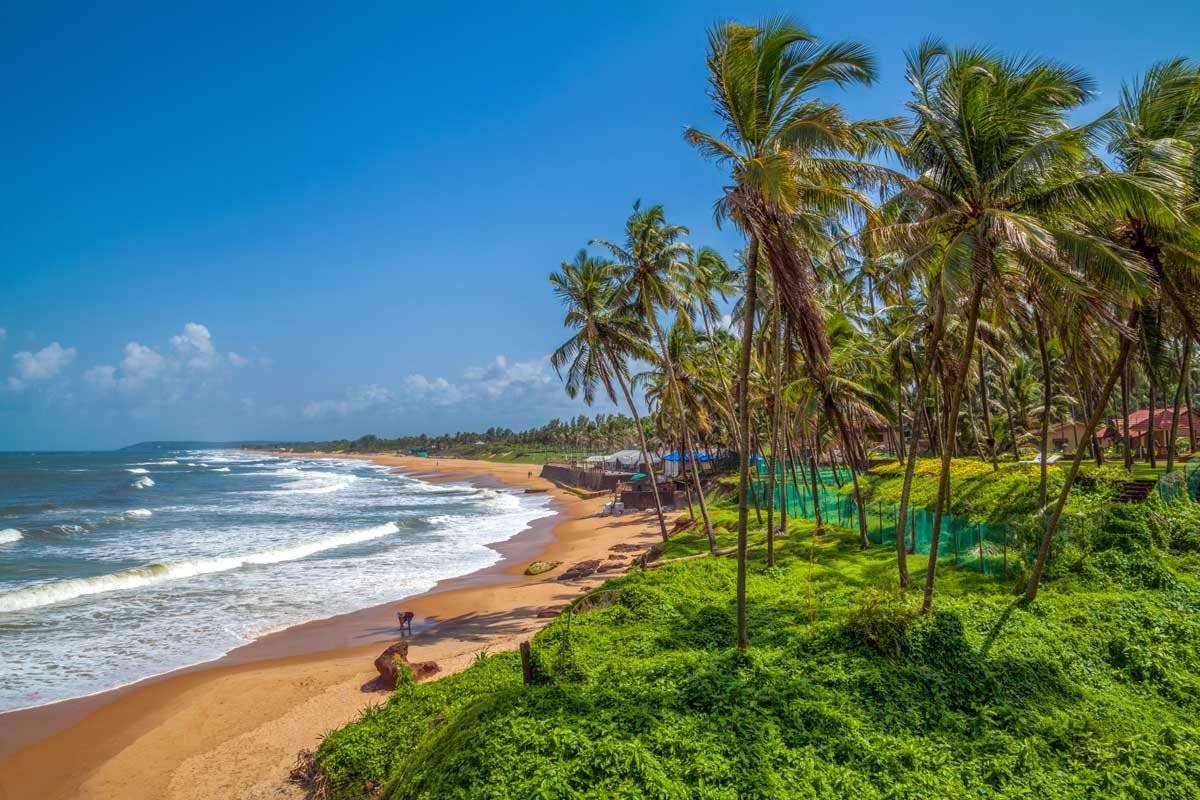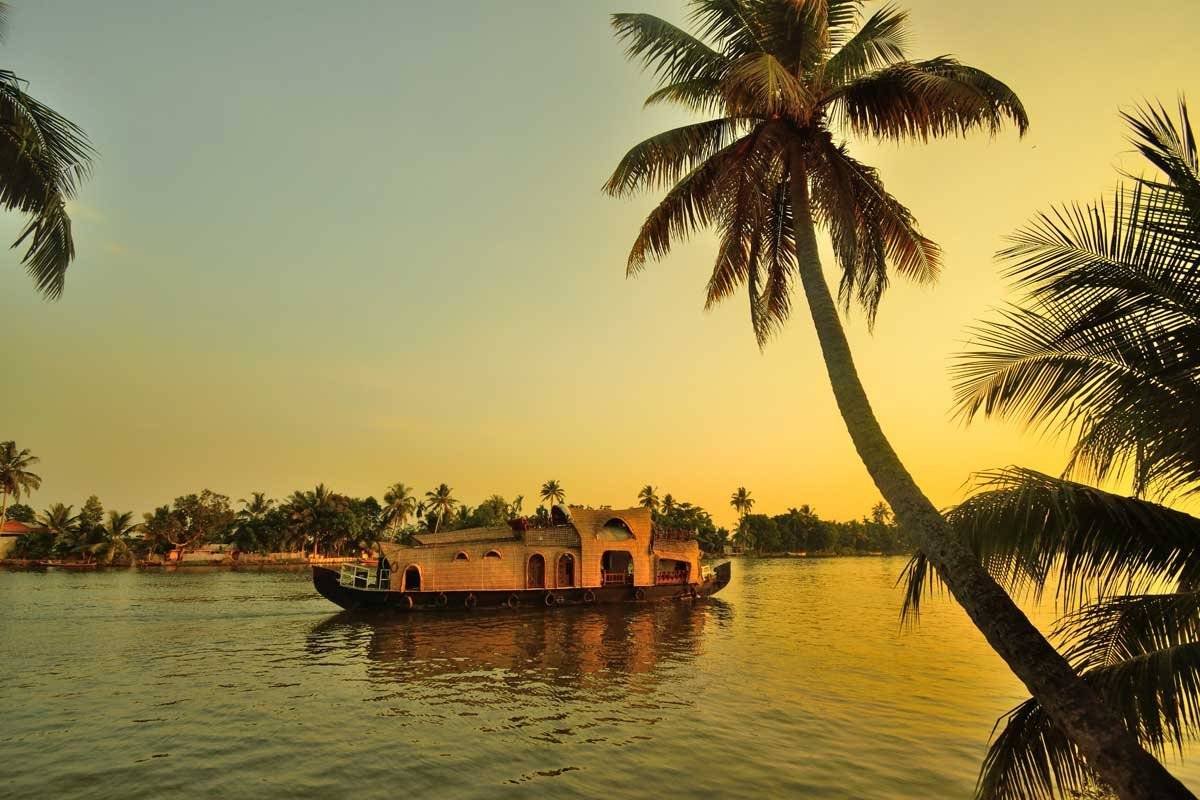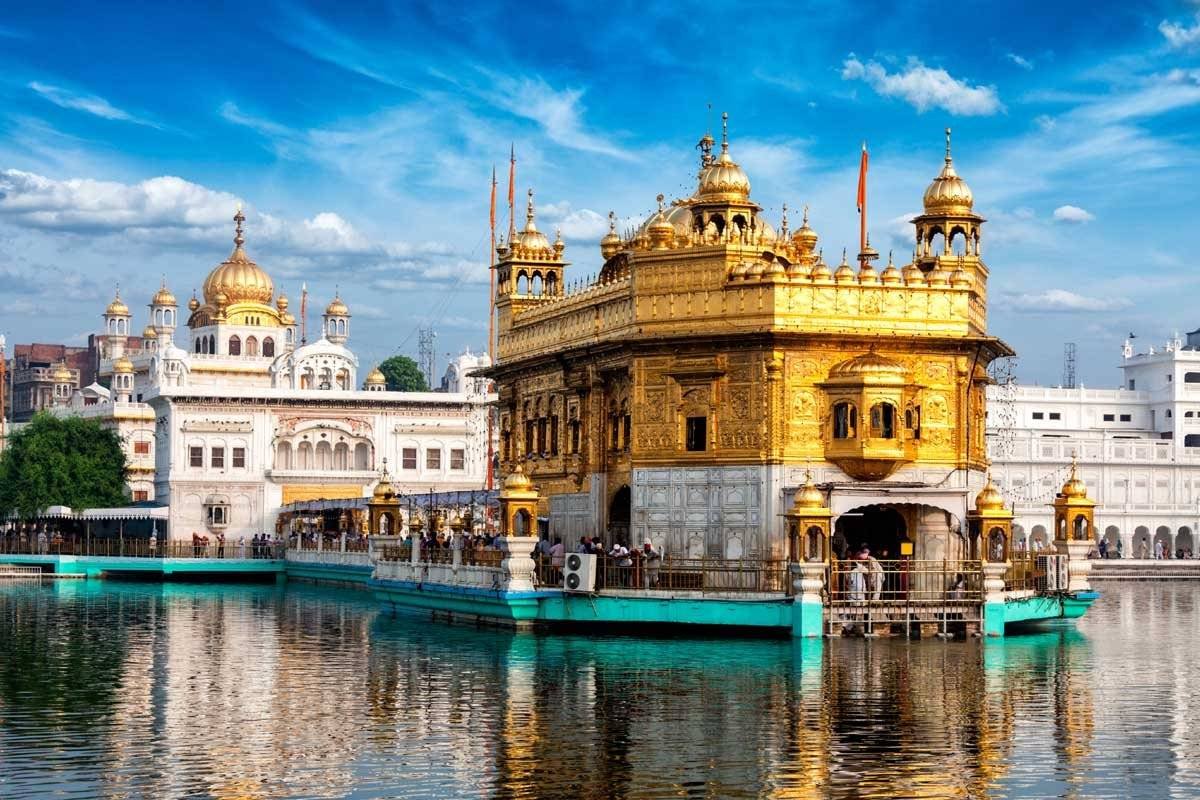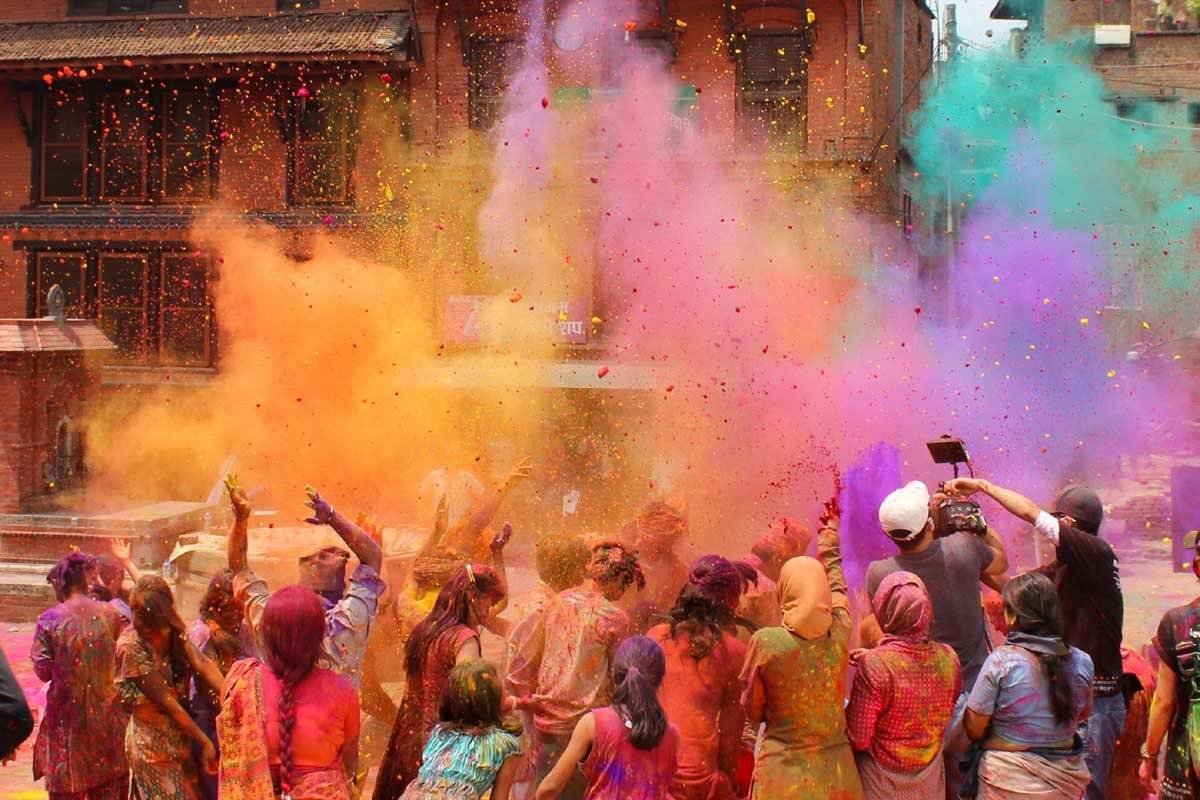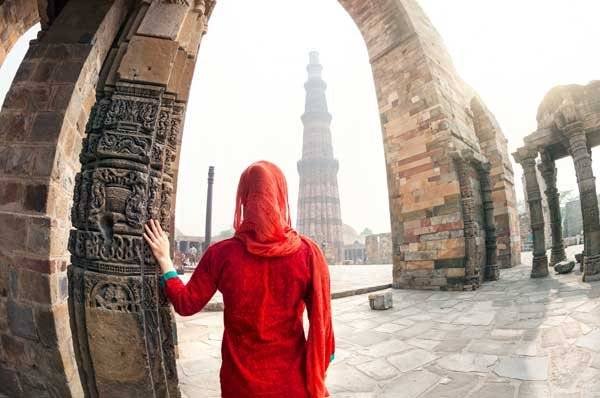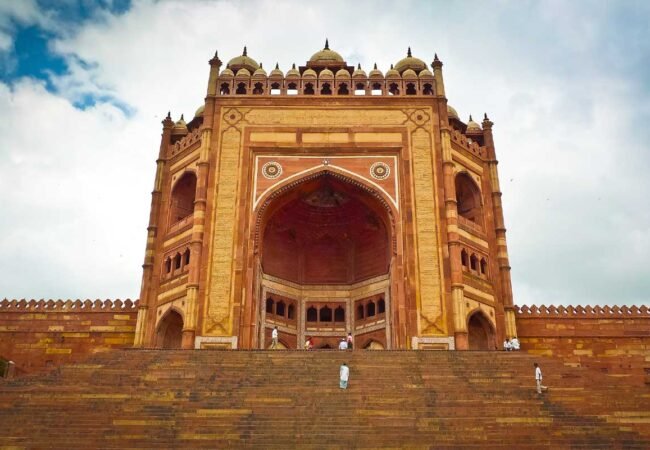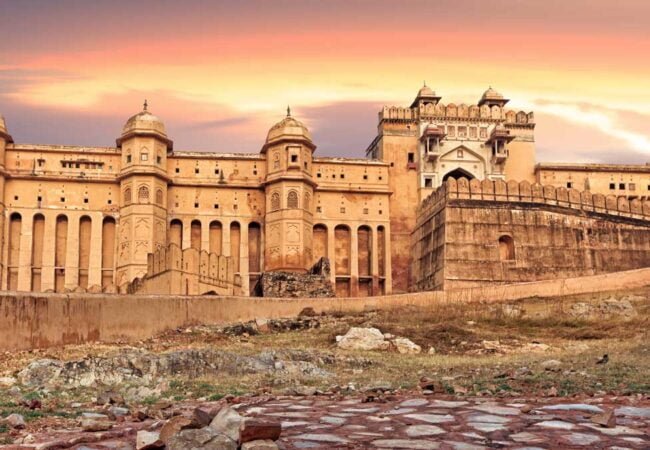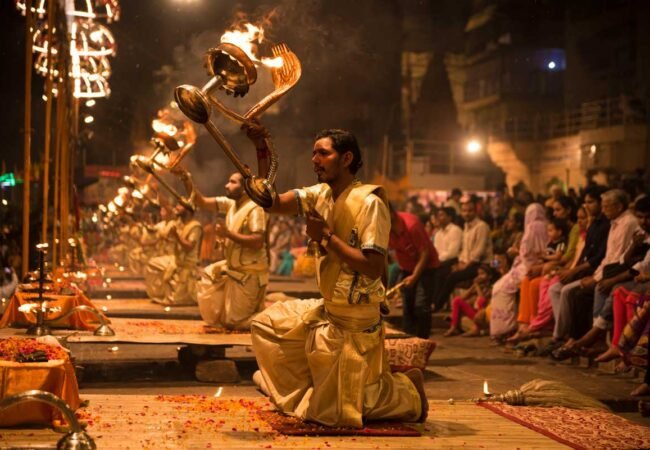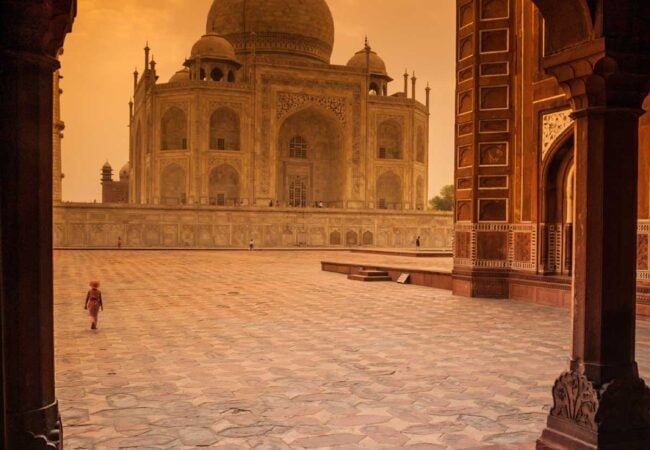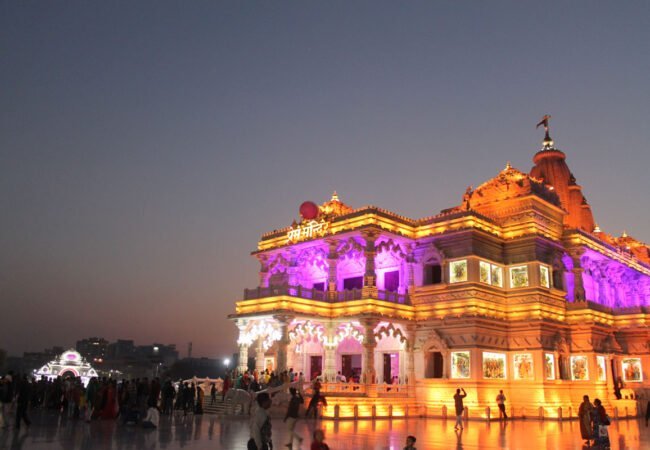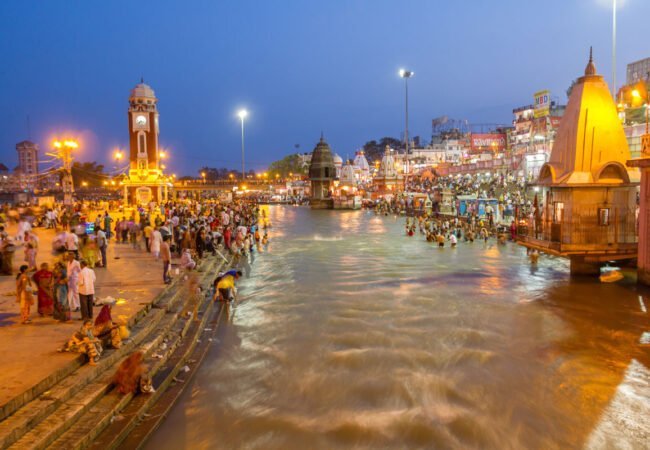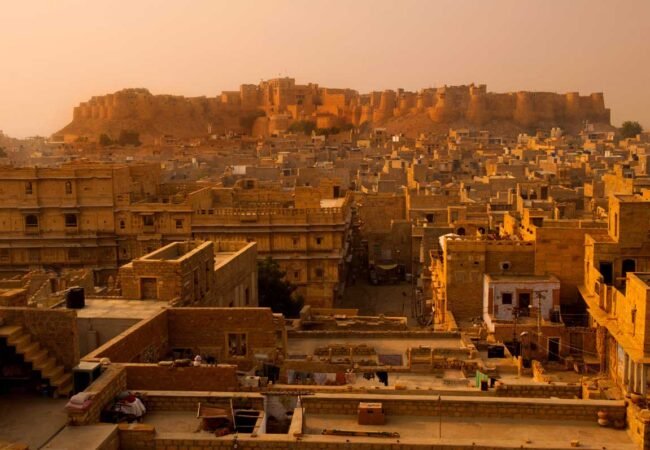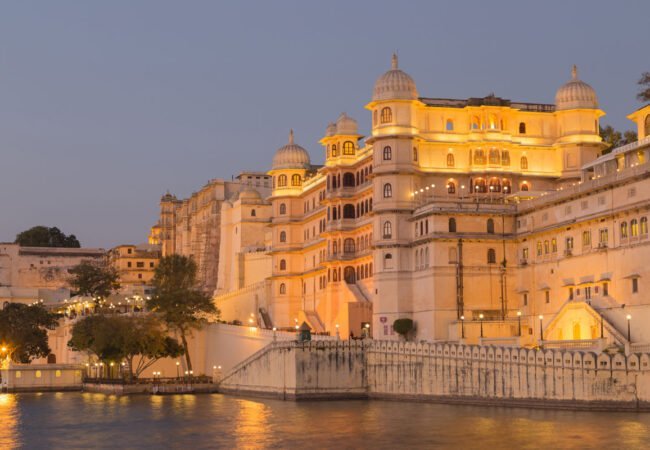Exploring New Delhi: History, Geography, and Top Tourist Places
Introduction
New Delhi, the capital of India, is a city that embodies the rich tapestry of India’s past and present. Known for its historical monuments, vibrant culture, and political significance, New Delhi is a city of contrasts where ancient history coexists with modernity. This article explores the historical significance, geographical features, and top tourist attractions of New Delhi.
Short History of New Delhi
Ancient and Medieval Period
New Delhi’s history dates back to ancient times, with the region known as Indraprastha, the legendary city of the Pandavas in the epic Mahabharata. Over centuries, it has been the site of numerous cities built and destroyed by various dynasties.
- Indraprastha: Believed to have been established around 3500 BCE, Indraprastha is considered one of the earliest settlements in the area.
- Rajput and Sultanate Periods: The region saw the rise of various Rajput kingdoms and later became the heart of the Delhi Sultanate from the 12th to 16th centuries.
Mughal Period
The Mughal era marked a significant chapter in Delhi’s history, with the city serving as the capital for much of the Mughal Empire. The Mughals left a lasting legacy through their architectural masterpieces.
- Shah Jahanabad: Founded by Emperor Shah Jahan in 1638, this city is today known as Old Delhi. It features landmarks such as the Red Fort and Jama Masjid.
British Colonial Period
In 1911, the British decided to shift the capital of India from Calcutta to Delhi. The construction of New Delhi, designed by British architects Sir Edwin Lutyens and Sir Herbert Baker, began, and it was officially inaugurated in 1931.
- Lutyens’ Delhi: Characterized by wide boulevards, grand government buildings, and lush gardens, this area remains the administrative and political hub of India.
Post-Independence
After India gained independence in 1947, New Delhi continued to serve as the national capital. It has since grown into a bustling metropolis and the political and cultural epicenter of the country.
Geography of New Delhi
Location and Boundaries
New Delhi is situated in the northern part of India and forms a small part of the larger National Capital Territory (NCT) of Delhi. It is bordered by the state of Haryana on three sides and Uttar Pradesh to the east.
Topography
The topography of New Delhi is relatively flat, with the Yamuna River flowing through its eastern part.
- Yamuna River: One of the major rivers in India, the Yamuna is significant both historically and culturally, providing water resources to the city.
- Ridge Area: The Delhi Ridge, a low-lying hill range, acts as the city’s green lung, offering a natural respite from the urban sprawl.
Climate
New Delhi experiences a monsoon-influenced humid subtropical climate with three distinct seasons:
- Summer: Characterized by high temperatures and heatwaves, typically from April to June.
- Monsoon: Occurs from July to September, bringing much-needed relief and the majority of the city’s annual rainfall.
- Winter: From December to February, marked by cool temperatures and occasional fog.
Top Tourist Places in New Delhi
Historical Monuments
- Red Fort: A UNESCO World Heritage Site, this iconic red sandstone fort was the main residence of Mughal emperors for nearly 200 years.
- Qutub Minar: Another UNESCO World Heritage Site, this 73-meter tall minaret is a marvel of Indo-Islamic architecture.
- Humayun’s Tomb: A precursor to the Taj Mahal, this stunning garden-tomb is also a UNESCO World Heritage Site.

Religious Sites
- Jama Masjid: One of the largest mosques in India, built by Shah Jahan, offering panoramic views of Old Delhi from its minarets.
- Lotus Temple: A Bahá’í House of Worship, known for its distinctive lotus-shaped architecture and serene ambiance.
- Akshardham Temple: A modern Hindu temple complex that showcases traditional Indian art, culture, and spirituality.
Government Buildings
- India Gate: A war memorial dedicated to Indian soldiers who died in World War I, surrounded by lush lawns and fountains.
- Rashtrapati Bhavan: The official residence of the President of India, this grand building is a symbol of India’s democratic ethos.
- Parliament House: The seat of the Indian Parliament, an architectural masterpiece designed by Lutyens and Baker.
Cultural and Modern Attractions
- Connaught Place: A bustling commercial and financial hub, known for its Georgian-style architecture and vibrant markets.
- Raj Ghat: A simple black marble platform marking the spot of Mahatma Gandhi’s cremation, surrounded by peaceful gardens.
- National Museum: Showcases India’s rich cultural heritage with a vast collection of artifacts ranging from prehistoric times to modern art.
Natural Attractions
- Lodhi Gardens: A historical park spread over 90 acres, featuring tombs of Lodhi-era rulers, lush greenery, and walking paths.
- Garden of Five Senses: A beautifully landscaped park designed to stimulate all five senses, offering various cultural activities and events.
- Nehru Park: A large park in the Chanakyapuri diplomatic enclave, ideal for picnics, morning walks, and cultural events.
Conclusion
New Delhi is a city that seamlessly blends its historical legacy with modernity. From ancient forts and Mughal gardens to bustling markets and state-of-the-art architecture, New Delhi offers a diverse range of attractions for visitors. Whether you’re a history buff, a nature lover, or a culture enthusiast, New Delhi promises a rich and unforgettable experience.


